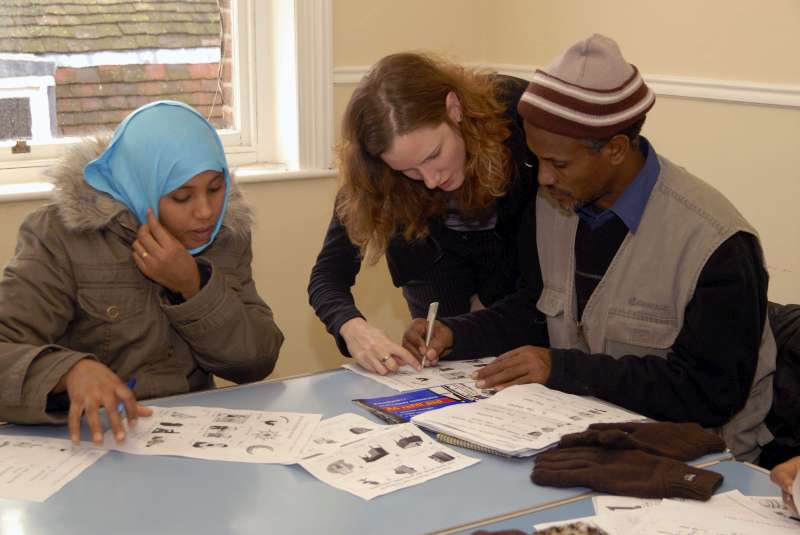Asylum in the UK
What is an asylum seeker?
An asylum seeker is someone who has applied for asylum and is waiting for a decision as to whether or not they are a refugee. In other words, in the UK an asylum seeker is someone who has asked the Government for refugee status and is waiting to hear the outcome of their application.
Does the UK have more asylum seekers than most countries?
No it does not. For the year ending March 2016 the UK received 41,563 asylum applications. This is considerably less than the number of applications received in many other countries, and makes the UK the ninth out of the EU's 28 member states in terms of asylum applications.
World-wide around 86% of all refugees live in developing countries, not in wealthy industrialised countries.
(Source: Office for National Statistics Migration Statistics Quarterly Report, May 2016)
How many refugees are there in the UK?
Most recent UNHCR figures show that at mid-2015 there were 117,234 refugees, 37,829 pending asylum cases and 16 stateless persons in the UK.
The vast majority of refugees stay in their region of displacement, and consequently are hosted by developing countries. Turkey now hosts the highest number of refugees with 1.84 million, followed by Pakistan with 1.5 million. Half of the top-ten refugee-hosting countries in the world are located in Sub-Saharan Africa.
(Source: UNHCR 2015 Mid-Year Trends Report)
Where do asylum seekers in the UK come from?
In the year ending March 2016, the largest number of asylum applications came from nationals of: Iran(4,811), Pakistan (3,511), and Iraq (3,374).
(Source: Office for National Statistics Migration Statistics Quarterly Report, May 2016)
What is a bogus asylum seeker?
There is no such thing as a bogus asylum seeker or an illegal asylum seeker. As an asylum seeker, a person has entered into a legal process of refugee status determination. Everybody has a right to seek asylum in another country. People who don't qualify for protection as refugees will not receive refugee status and may be deported, but just because someone doesn't receive refugee status doesn't mean they are a bogus asylum seeker.
Let us remember that a bogus asylum-seeker is not equivalent to a criminal; and that an unsuccessful asylum application is not equivalent to a bogus one - Kofi Annan
What benefits do asylum seekers receive in the UK?
The majority of asylum seekers do not have the right to work in the United Kingdom and so must rely on state support.
Housing is provided, but asylum seekers cannot choose where it is, and it is often ‘hard to let’ properties which Council tenants do not want to live in.
Cash support is available, and is currently set at £36.95 per person, per week, which makes it £5.28 a day for food, sanitation and clothing.
(Source: Home Office)
What is detention?
In the UK, thousands of asylum seekers are held in immigration detention centres each year. Under theDetained Fast Track (DFT), asylum seekers are detained for the duration of their application and appeal. As a principle, UNHCR opposes the detention of people seeking asylum, and calls for the use of alternatives wherever possible.
In 2012, of 21,843 main applicants for asylum, 11.4% (2,482) applicants were detained under DFT. In 2011, 10.7% of asylum claims were accepted onto DFT.
In 2013, 203 children were detained in immigration removal centres, with 155 being under the age of 11.
(Source: Home Office Asylum Data Tables January to March 2014)
What is subsidiary or humanitarian protection?
Subsidiary protection can be given to people who do not meet the 1951 Convention’s legal definition of a refugee but are still in need of international protection.
Across the EU, the Qualification Directive provides subsidiary protection for those facing the following threats if returned to their country: (1) the death penalty or execution; (2) torture, inhuman or degrading treatment or punishment; or (3) threats from an international or internal armed conflict.
The UK uses the legal term humanitarian protection to meet this Directive. Applicants can also be given 'discretionary leave to remain', a form of temporary permission which is unlikely to be more than three years.

